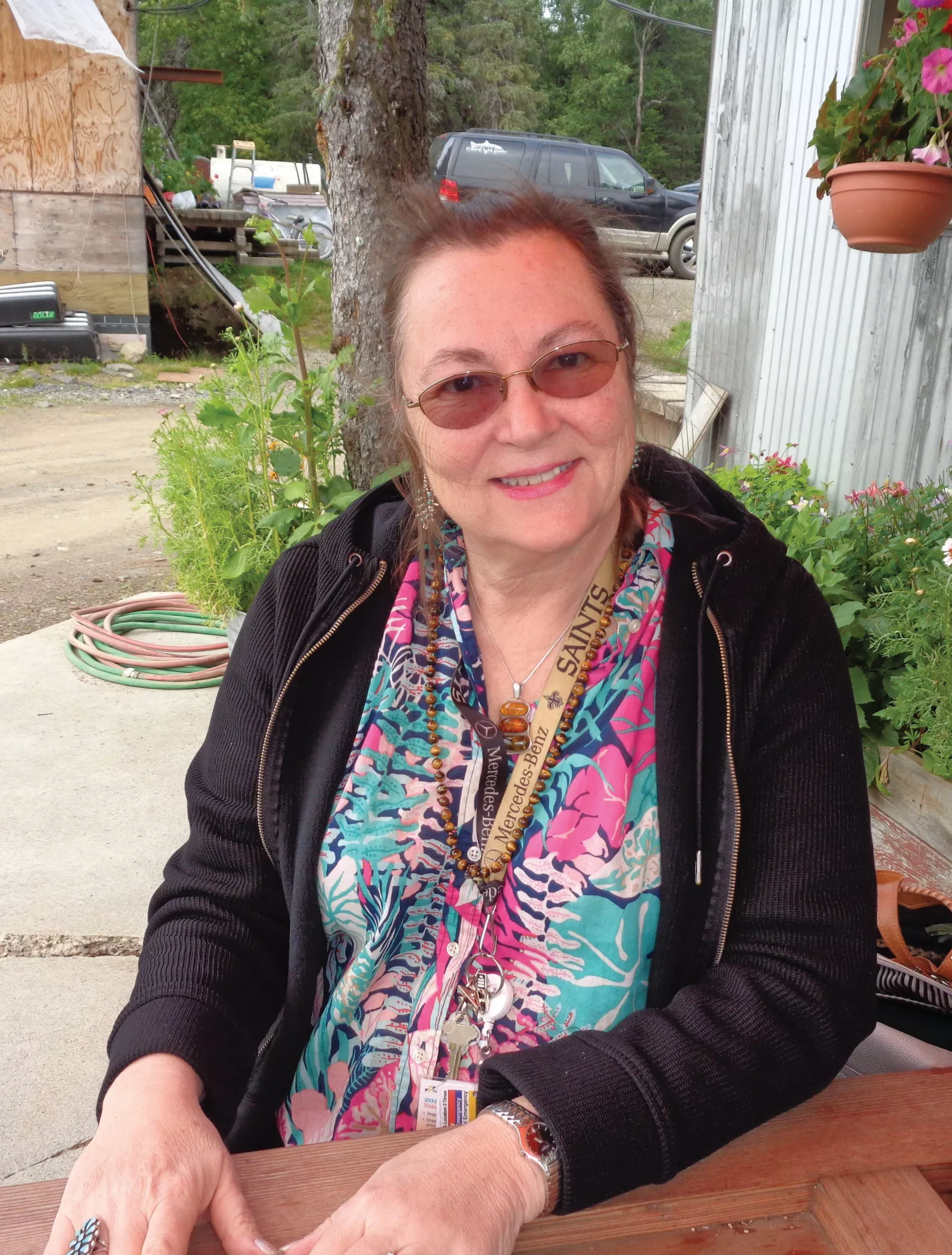Dispatch: Northern Exposure
A social worker reflects on her time serving the community in rural Alaska
In September 2021, the behavioral health department where I worked in rural Alaska learned that a client who had voluntarily left our short-term residential facility only a week before had died of an opioid overdose. The other clients and I were distraught as each one of us knew not only the deceased, but also his family. We gathered together to grieve and then walked to Bristol Bay beach, where we sent his spirit messages of goodwill. Raven is not good, or bad; it just is. That is one of the beliefs of many indigenous Alaskans.
Three months earlier, I had accepted a six-month locum position at Bristol Bay Area Health Corporation (BBAHC), a critical access hospital that offers preventive and emergency services located in Dillingham, a remote, off-road town of 2,249 residents. BBAHC serves 20 even more remote, and smaller, villages. By commercial jet, Anchorage is an hour away and a $500 round trip.
In remote Alaska, mental health clinicians are the first line of defense—asked to diagnose, to counsel, and to assess those in need of a higher level of care, generally a psychiatric facility in Anchorage. Their expertise can change someone’s life. Healthcare facilities in rural Alaska struggle with hiring behavioral health therapists and therefore welcome locums for periods of three to six months and encourage candidates to apply for longer contracts of three or more years.
On a day-to-day basis, I offered crisis counseling and individual therapy to a caseload of 14 native Alaskans. My clients ranged in age from 12 to 65 and suffered from anxiety, depression, and intergenerational trauma, as well as other diagnoses such as schizophrenia. One problem that affected my population was the long-term consequences of alcohol abuse—particularly, fetal alcohol spectrum disorders. One of the greatest challenges I found was that many Alaskan villages still don’t have internet access or even a library, so there just isn’t much to do. Many of my clients had strong attachment to family, and therefore didn’t want to leave their rural villages but were cut off from social activities outside of substance use.
I found Dillinghammers to be very welcoming as soon as they understood that I hadn’t come to criticize. In Dillingham and the other “bush” areas, there is a focus on fishing and hunting for subsistence. The commercial fishing industry in Dillingham supplies the majority of salmon to the world.
I chose to barge in a vehicle when I realized I lived 5.7 miles from town with essentially no access to transportation. Once I had my pickup truck, the world became my oyster. There was so much to do: hiking, camping, berry picking, church attendance, general aviation, salmon fishing, and hunting.
From the window of my spacious office, I looked out on the Ahklun Mountains and Bristol Bay. My building was filled with potted plants and inspirational wall posters. I thank the Raven that I took the risk and accepted the position.
Please note that the views expressed by the author are hers alone and do not represent the views of Bristol Bay Area Health Corporation (BBAHC).
Published on: 05/03/2022

